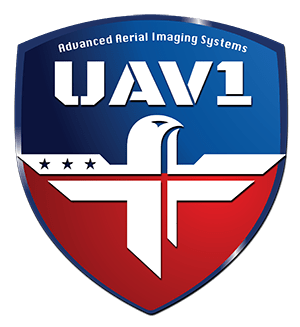SPI Corp offers Mid-Wave Infrared (MWIR) and Long-Wave Infrared (LWIR) sensors that are essential in thermal imaging.
These sensors capture heat signatures and are extensively used in surveillance, security, and aerial platforms.
MWIR sensors are especially adept at detailed thermal imaging over long distances, while LWIR sensors are effective in detecting temperature differences.
Our Electro-Optical (EO) sensors are used in combination with infrared sensors to capture high-definition images in various light conditions.
We also offer High-Definition CMOS and CCD sensors that are used in long-range laser cameras.
For night vision capabilities, we have Short-Wave Infrared (SWIR) sensors with InGaAs detectors, and Near Infrared (NIR) sensors. These sensors are essential for operations in low light conditions and are integrated into night vision cameras and goggles.
At SPI Corp, we develop specialized imaging systems which include single and double field of view cameras, daytime and night-time sensors, and optical zoom cameras. These systems are geared towards specific applications such as target identification, industrial inspections, and aerial surveillance.
Additionally, we offer HOT SLS sensors for long-range detection and identification of targets, and long-range cooled MWIR sensors which are used in aerial platforms such as drones and UAVs for mapping, survey, and environmental monitoring.
Mid-Wave Infrared (MWIR) Sensors
Precision
640×480 pixels to 1920×1080
Subtle Differences
3-5 micrometers
Reliability
Consistent in any environment
Mid-Wave Infrared (MWIR) sensors operate in the 3-5 micrometer wavelength range and are known for their ability to capture highly detailed thermal images.
This makes them particularly effective for applications that require precision, such as fault detection in machinery or human detection for security purposes. Their versatility allows them to be effective in both close-up and long-range applications, making them suitable for a broad spectrum of uses.
Furthermore, MWIR sensors offer reliable performance under different environmental conditions, ensuring stable and consistent imaging even in challenging scenarios. This reliability is crucial in applications such as surveillance, where the quality of the thermal image can be critical to the success of the mission.
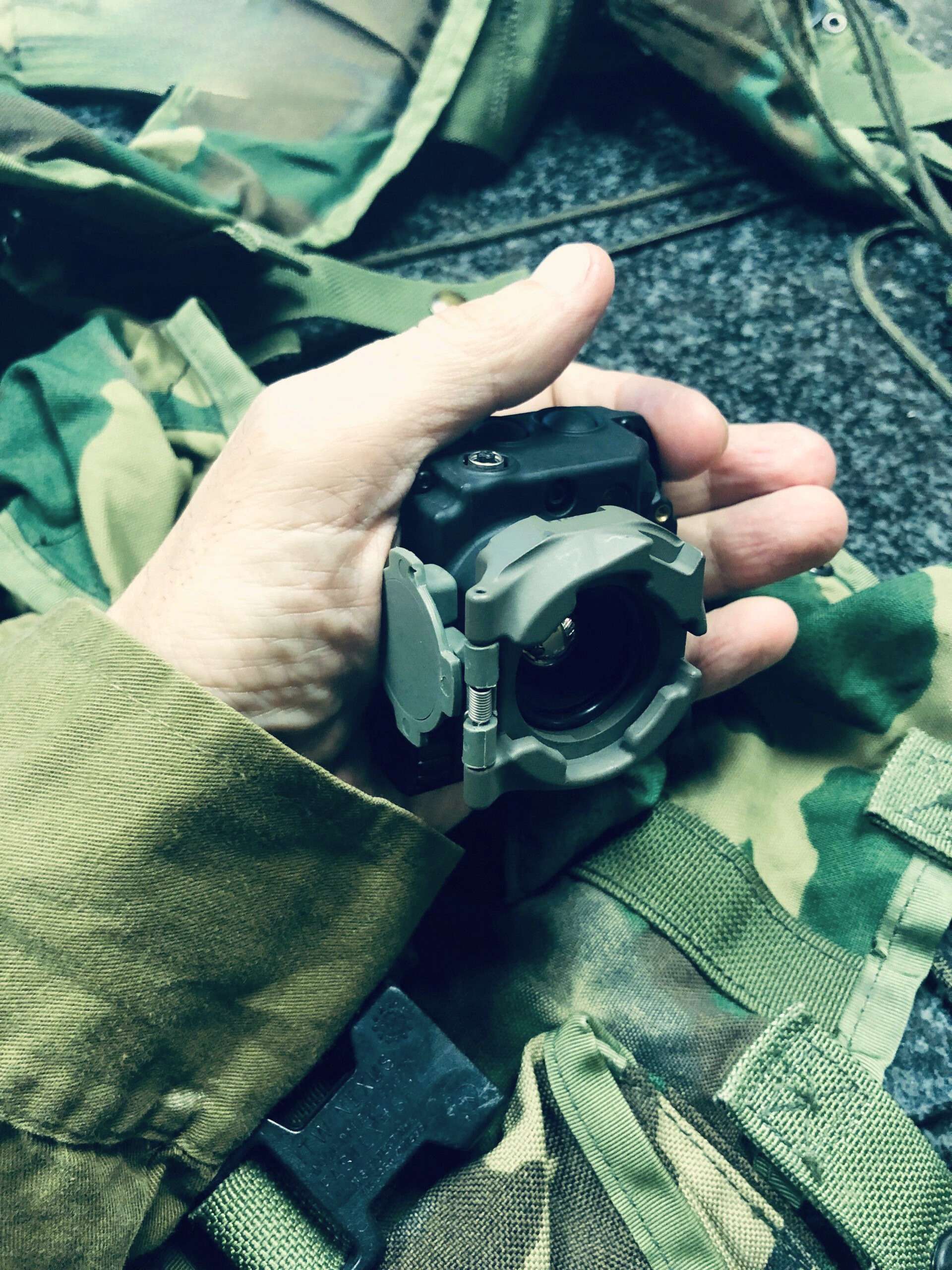
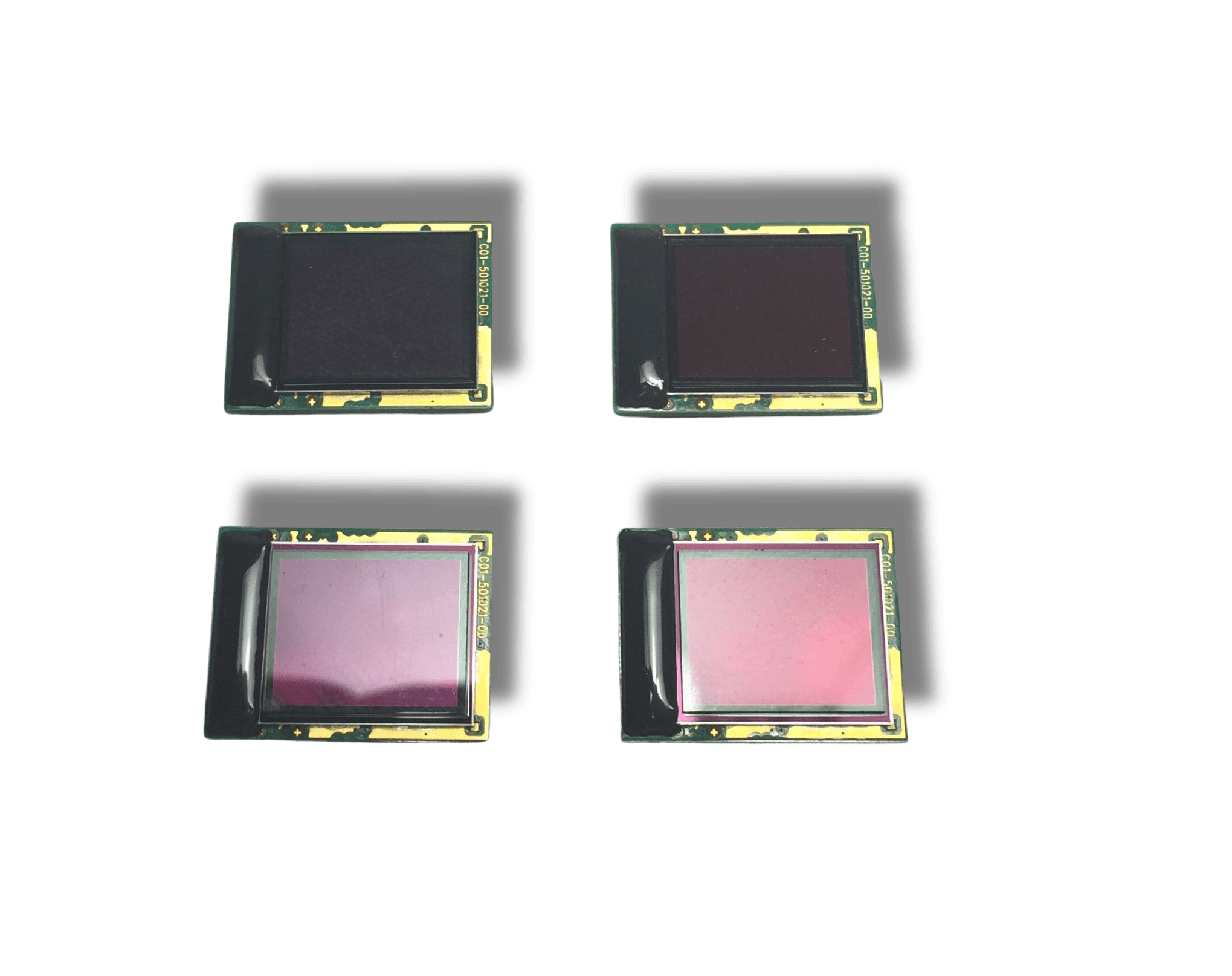
Find the right sensor
Long-Wave Infrared (LWIR) Sensors
Detection
Applications
Advantages
EO (Electro Optical) Sensors
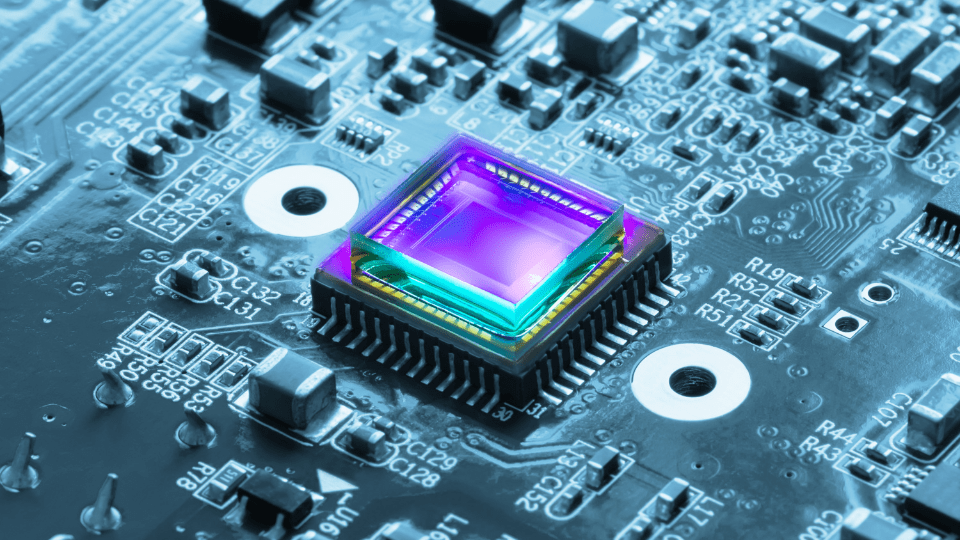
Fundamentals of EO Sensors
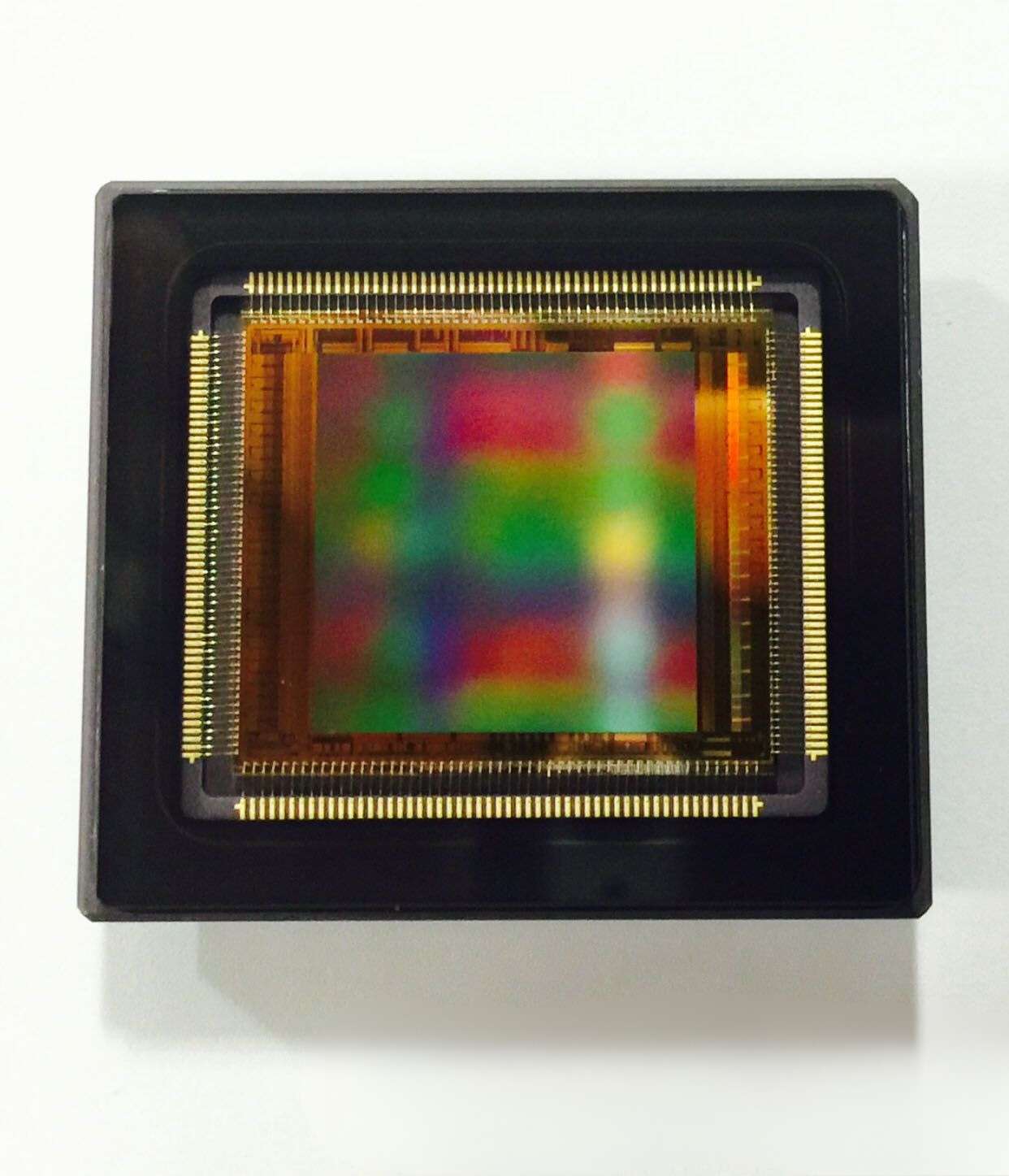
Types and Configurations
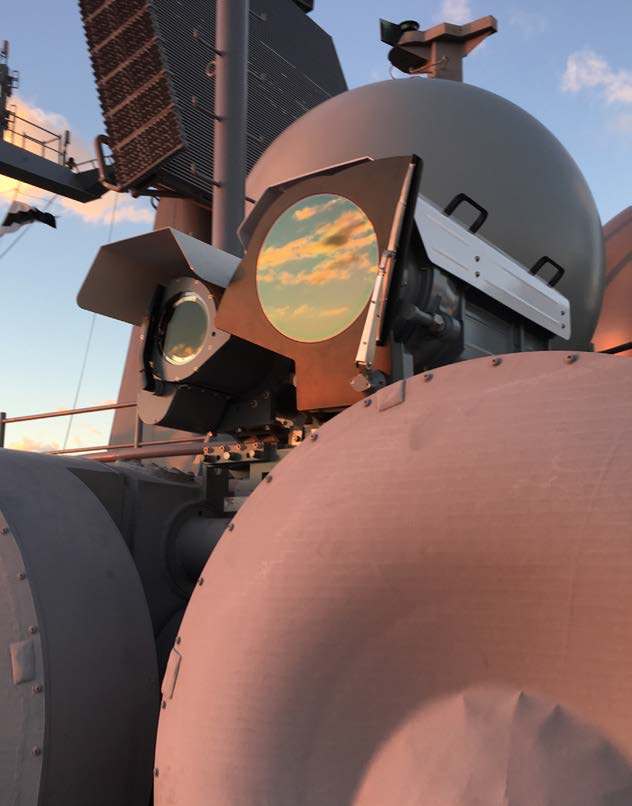
Applications and Use Cases

Infrared (IR) Sensors
The World Beyond Visible Light

The Science Behind IR
Working Principle
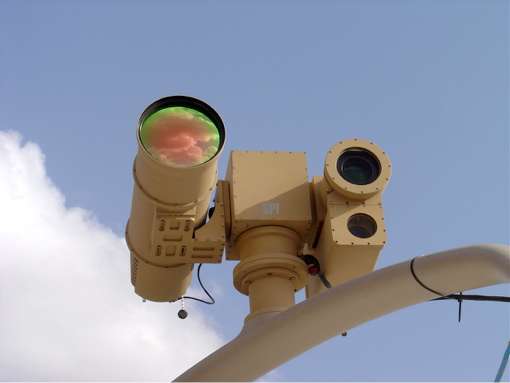
Types of IR Sensors
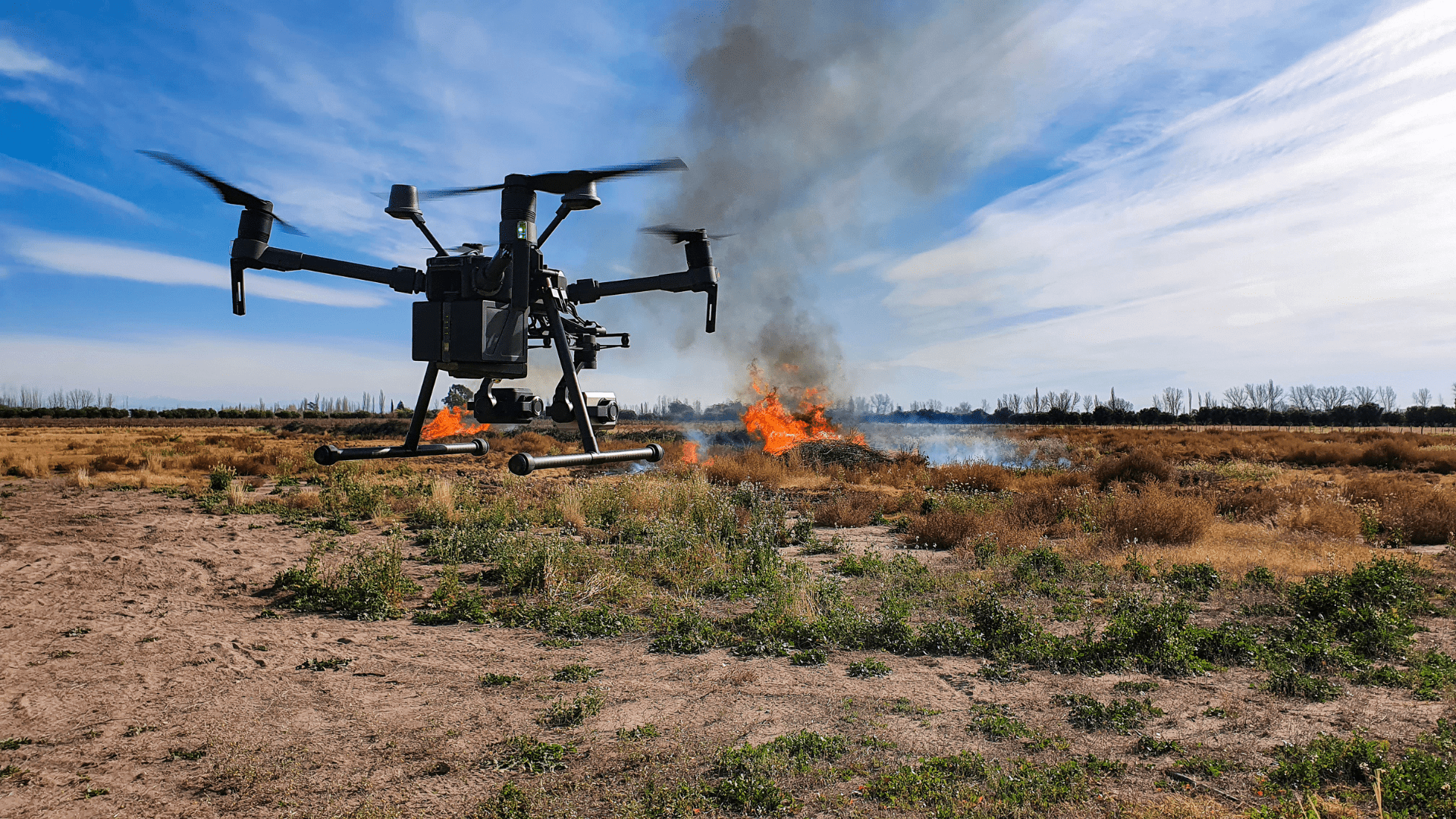
IR Sensors in Various Applications
Applications
HD CMOS Sensors
HD CMOS sensors, the pinnacle of imaging technology, convert light into electrical signals for high-resolution and high-quality image and video capture.
With advanced features like enhanced light sensitivity and fast autofocus, these sensors are utilized in digital cameras, smartphones, surveillance systems, and medical imaging equipment.
Continuous advancements, including back-illumination and noise reduction algorithms, have further enhanced their capabilities. Discover how HD CMOS sensors have revolutionized the imaging industry, delivering stunning visuals with exceptional clarity and detail.
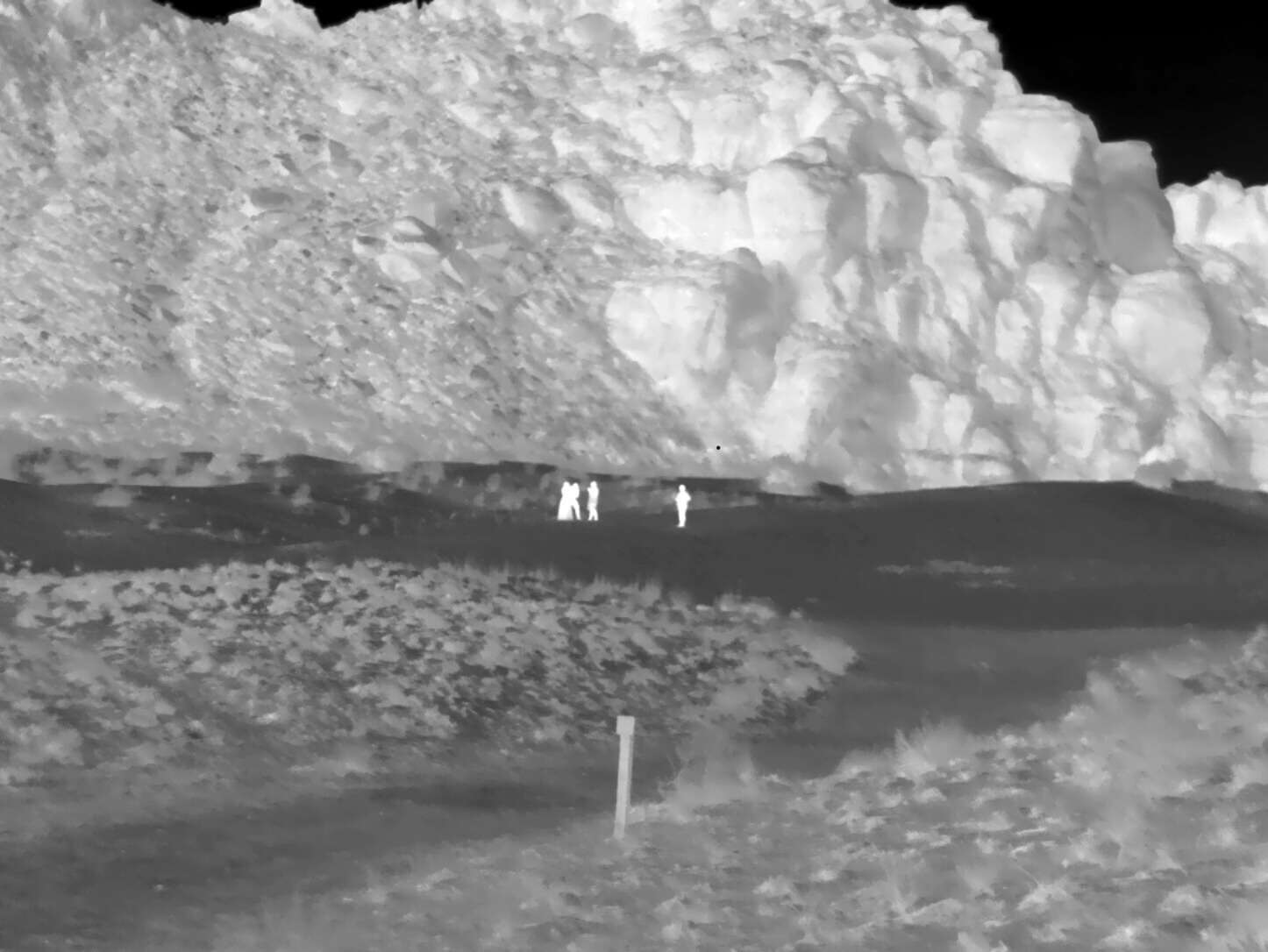
Working Principles of HD CMOS Sensors
HD CMOS sensors, or High-Definition Complementary Metal-Oxide-Semiconductor sensors, operate based on the principles of semiconductor technology.
These sensors consist of an array of photodiodes that convert incoming light into electrical signals. Each photodiode captures the intensity of light falling on its surface and converts it into an analog electrical charge.
This charge is then converted into a digital signal using analog-to-digital converters (ADCs). The resulting digital data can be processed and transformed into high-definition images or videos.
Uses and Applications
HD CMOS sensors are widely utilized in imaging devices that require high-resolution and high-quality visuals.
They are commonly found in digital cameras, camcorders, smartphones, surveillance systems, and medical imaging equipment. The high pixel density and enhanced light sensitivity of HD CMOS sensors enable the capture of detailed images and videos with improved color reproduction and dynamic range.
These sensors also offer advanced features such as fast autofocus, low-light performance, and high-speed continuous shooting, making them suitable for various professional and consumer applications.
Advancements and Features
The continuous development of HD CMOS sensors has led to significant advancements in imaging technology. These sensors now incorporate various features like back-illumination (BSI) technology, which enhances their light-gathering capabilities and low-light performance.
Additionally, advanced noise reduction algorithms and pixel-level color filters improve image quality and reduce noise in challenging lighting conditions. HD CMOS sensors also support advanced functionalities such as high frame rates, HDR (High Dynamic Range) imaging, and video stabilization, providing users with greater creative possibilities and enhanced imaging experiences.
HD CMOS sensors have revolutionized the digital imaging industry by delivering high-definition visuals with improved sensitivity, dynamic range, and image processing capabilities. They have become a crucial component in a wide range of imaging devices, enabling users to capture and share stunning images and videos with exceptional clarity and detail.
